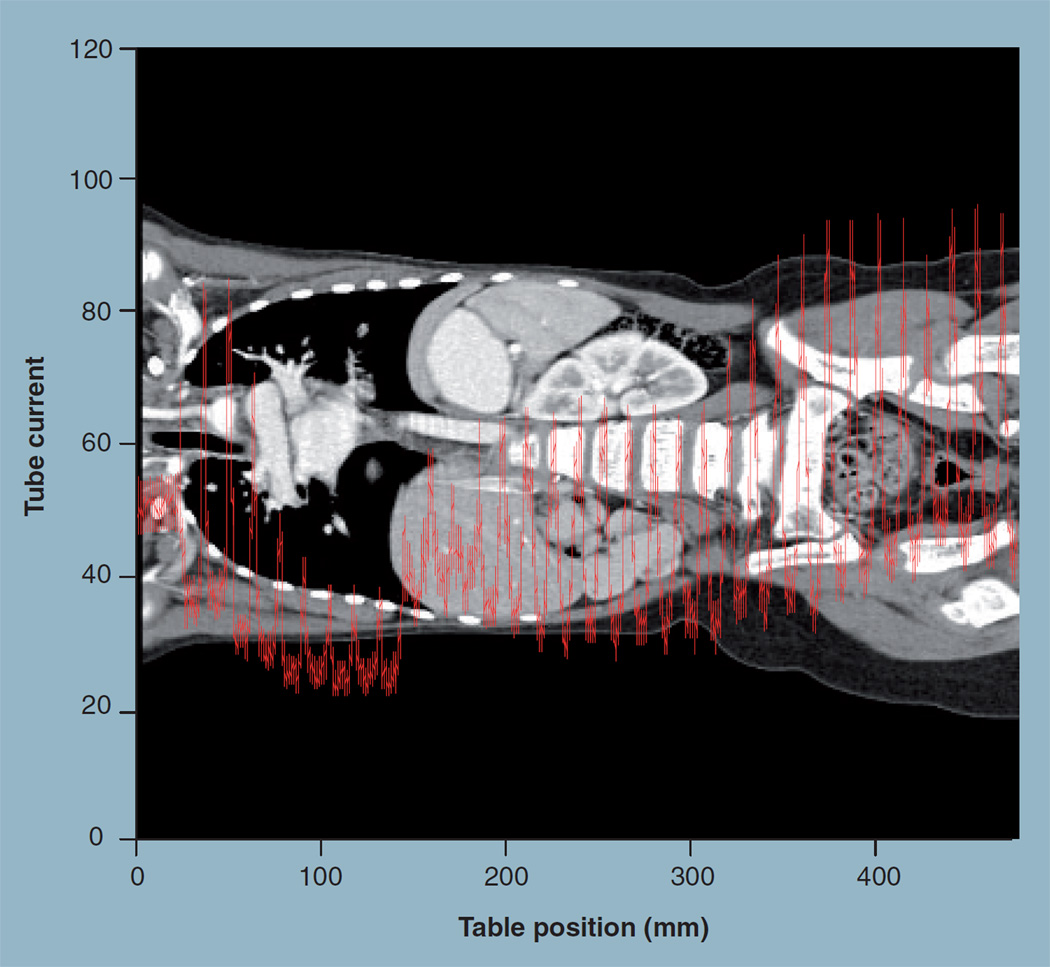Figure 1. An example of automatic exposure control in a helical scan.
The tube current was automatically modulated according to the attenuation level at each x-ray projection view. Owing to the continuous translation of patient table through the computed tomography gantry in the helical scan, each table position corresponds to a projection view. When the attenuation level at a projection view is large, the tube current increases. When the attenuation level is small, the tube current decreases. The goal of the tube current modulation is to automatically maintain the same noise level or image quality irrespective of the attenuation level or patient size. The targeted noise level or image quality is predefined through noise index, quality reference mAs or other metrics, varying with the different implementations of automatic exposure control.

